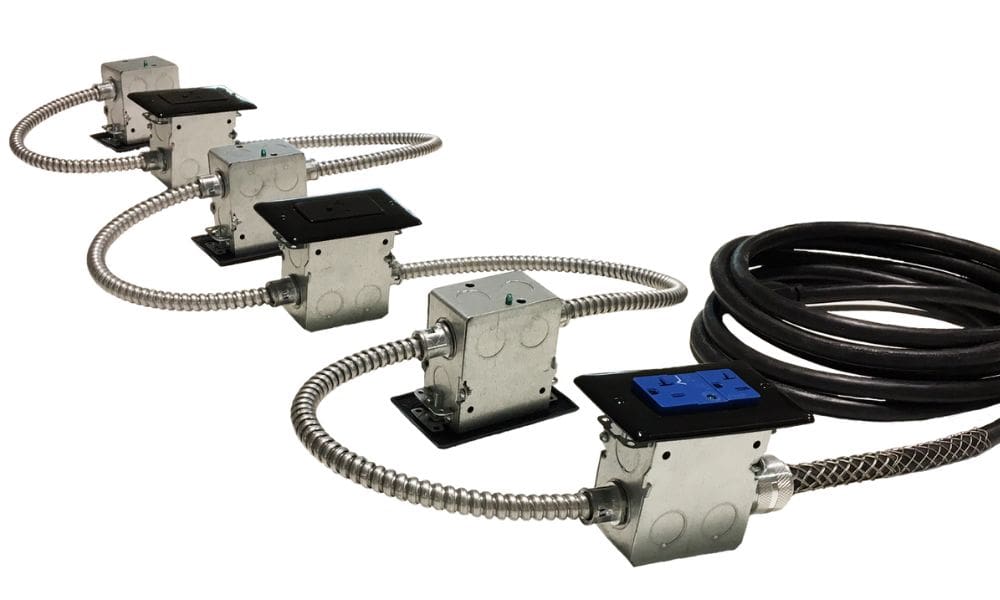
Running a data center involves keeping tabs on numerous working parts, and one of the most important features of all locations is the power supply. Your data center’s power supply is the lifeblood of all the technology within. So, you’ll need to implement methods to avoid the chance of a power outage that could set production back. Use these tips to avoid power outages at your data center and keep operations running without worrying about a shutdown.
1. Redundant Power Supplies
Redundancy is the backbone of your data center’s power integrity system. It ensures you have a failsafe in place in case a main power supply powers down. Redundant power supplies provide a resilient power architecture that easily handles expected and unexpected loads.
The procedure starts with equipping critical systems with at least N+1 redundancy, ensuring that other systems instantly shoulder the load without service interruption should one system fail. Deploy dual power feeds on servers, mirrored systems, and failover mechanisms that deliver continuity without human intervention.
2. Regular Maintenance
Prevention is the crux of scheduled maintenance. Revising your data center’s machinery and checking all equipment like power whip cables is vital. A proactive maintenance culture paves the way for an outage-free environment, whether your team regularly scrutinizes the system’s circuits or ensures the right thermal conditions.
Routine checks help you detect and rectify potential failures before they emerge as system-wide crises. Employ stringent programs that adhere to manufacturer guidelines, update aging equipment, and document every check.
3. Advanced Monitoring
Advanced power monitoring tools grant observation over your data center. These tools provide a real-time guard against potential electrical malfunctions and help you avoid power outages at your data center, from tracking power usage effectiveness (PUE) to keeping a pulse on equipment health.
With preemptive alerts and predictive analytics, anomalies are easy to track before they threaten critical data. These systems stand at the frontline, adopting a “look forward, not back” approach to threat management.
4. UPS Systems
Uninterruptible Power Supply (UPS) systems are your hedge against power sags and downstream outages. A UPS acts as a power conditioner and a time-buying backup that buffers the transition from grid power to generator sets, ensuring a seamless data flow.
A robust UPS architecture entails redundant UPS modules dispersed throughout your network and a comprehensive battery maintenance strategy. These systems maintain a stable power supply in the event of an outage, safeguarding the data center’s operational capabilities.
5. Disaster Recovery Planning
A disaster recovery plan (DRP) is the data center’s emergency evacuation drill. The DRP should be a playbook of detailed responses outlining who does what and when in the event of a power failure. The plan should include coordinating the backup generators, triggering failover mechanisms, and communicating with stakeholders.
Investing in a comprehensive DRP ensures that your teams and data center can manage every outage with agility and minimal disruption, no matter the magnitude. Your team should thoughtfully design, test, and revisit each component of the DRP to reflect any infrastructure changes.
Preparation is paramount when securing the power supply in your data center. The strength of a data center’s power failure system safeguards against the immediate impact of an outage and upholds operational continuity. The strategies above provide a robust foundation for a “power impeccable” data center, which remains a beacon of reliability in our digitally dependent world.
